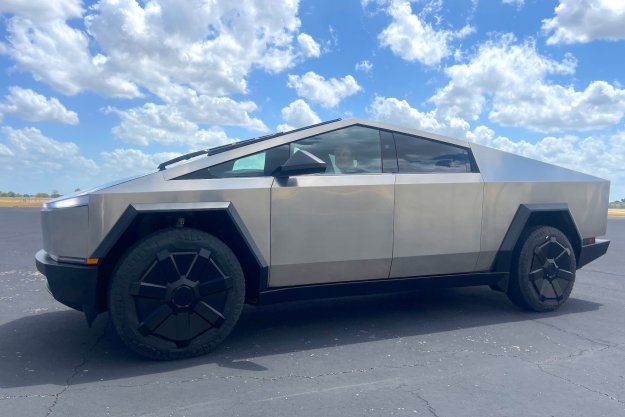I’d wager if you’ve ever come into contact with a consumer drone you’ve thought longingly about how much fun it would be to fly like the little contraption.
The individuals behind E-Volo’s Volocopter have apparently had much the same thought, though that source of inspiration may never end up in a press release. E-Volo’s prototype flying vehicle is basically a two-seater helicopter with an electric engine and a number of small propellers working together to create lift.
The Volocopter’s controls are about as simple as it comes. With a single joystick, even novice fliers can manipulate the super-sized drone for 20 minutes of flight time. The system works via networked microprocessors and sensors to translate the pilot’s inputs to the aircraft’s rotors.
E-Volo has been conducting test flights for some time via remote control, the latest of which was done by company CEO Alexander Zosel. As a logical next step, E-Volo will plan for manned flights and to increase the battery capacity to allow for longer flight times.
“The Volocopter stays in the air as if it has been pegged up there if you release your hands from the controls,” the company says.
The hold-up on certified sales (beyond successful manned flights) is aviation laws. Technically, the Volocopter doesn’t fit neatly within any specific aircraft category, so German authorities are working to create one. Once that little obstacle has been overcome and the vehicle can stay in the air for an hour or longer, E-Volo will bring its creation to market.
E-Volo is also working on a hybrid system that would allow the battery to self charge, therefore alleviating flight time concerns. The company won a technical award at the United Nations climate-change conference in December, honored as a “climate champion” for the Volocopter’s potential to provide clean, energy-efficient transportation
Worthly has more details, photos, and video from the Volocopter’s 2015 test flights.


